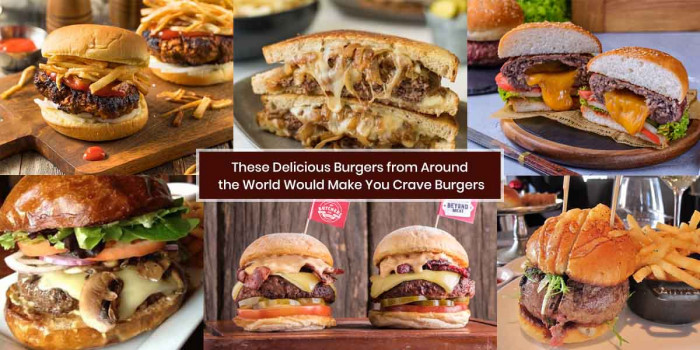Scrumptious Foods You Didn't Know Were Eaten in Medieval Times
Do you want to know- what was the favorite food of people living in medieval times? The most prestigious beverage in the medieval period was wine.
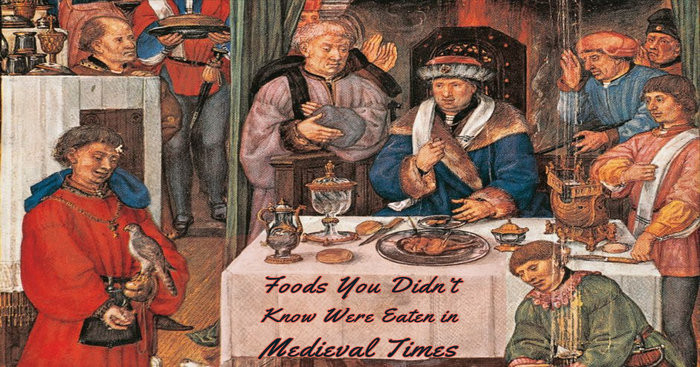
When most of us now consider breakfast, lunch, and dinner as essential meals that can’t be skipped, the availability of food in medieval times was dependent on how rich the person was.
There were times when people used to starve to death due to a shortage of food. Even if they had food in excess, storing it was the biggest problem. People in medieval times tried several techniques such as preserving meat with salt and dried grapes to make raisins and more, but only limited items could be preserved.
So what do you think the people of the medieval period have eaten- the food which consists of a balanced diet? Probably NO! The wealthy people in the medieval ages would eat nuts, almonds and dairy products were considered as inferior foods, which were only eaten by the poor. Let us find out a bit more about the eating habits of the lower classes in the medieval period.
Middle Ages Food and Diet of Peasants
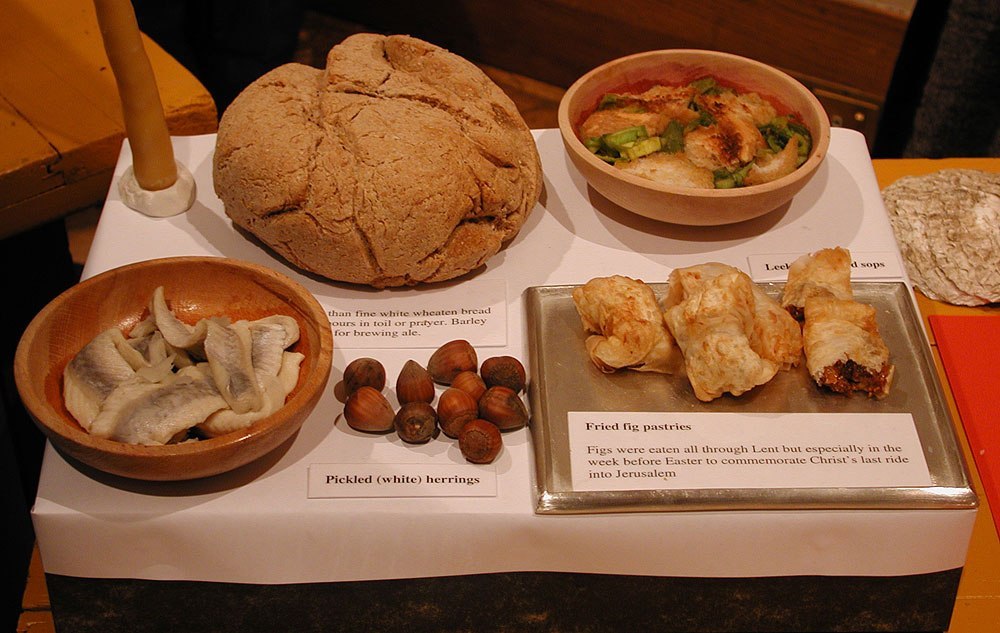
The cuisines of the medieval period were based on cereals and particularly on barley. Later, bread became their basic food and, the majority of the population started consuming bread as their food. Barley bread, gruel, and pasta provided 70-80-% of calories in the 14th century.
Cereal products were common among all classes. Wheat products are expensive thus mainly consumed by wealthy people. The lower class primarily used millet and barley.
Sometimes they made barley soup, barley porridge, and other barley dishes. I am wondering don’t they get bored of eating barley all the time! But the peasants didn’t have as much as an option like rich people. Their ingredients were limited to farm. They ate beans and onions that they grew in a garden. Some peasants kept animals like pigs but could not even afford to kill them. They even thought of killing rabbits but, the fear of getting punished by their lords didn’t allow them to do so.
Bread served as an affordable source of calories in medieval life. Relying mainly on barley and bread, people might even eat up to 4 pounds of grain in a single day, in the form of loaf and porridge. Whole grain foods are undoubtedly the best foods you can consume. Do you know whole grain can even make your junk food like pizza healthier?
Later beans were also added to their diet, and the poorest people got a chance to add proteins in their nutritional routines. They would face a lack of nutrient-rich-food as the upper class felt that the peasants were not worthy of such food. Thus, the diet plan of the lower class included:
- Cabbage and Carrots
Vegetables like carrot and cabbage were part of their diet. Fruits were eaten by them but were not available throughout the year.
- Bread
Only dark bread was available to the lower class because it didn’t require milled flour to be made. All classes consumed bread, but the quality varied depends on the type of grain used.
- Pork
Lower class people mainly ate pork as it was the only basic form of meat available in those times. Most people and particularly the lower class in the medieval life ate preserved foods that had been pickled soon after slaughter, for instance, pickled herring and bacon. (7.1)
Peasants used to keep cows, so their diet consisted of dairy products such as cheese and buttermilk.
This was all about the food that people of middle ages eat, but what about the drinks? Drinks were also considered as the essential diet during the medieval period. Drinks and particularly wine was the first choice of people living in medieval times because water was considered bad for digestion. The poor drank mead and cider, while the rich people drink different types of wines.
Drinks of Lower Class
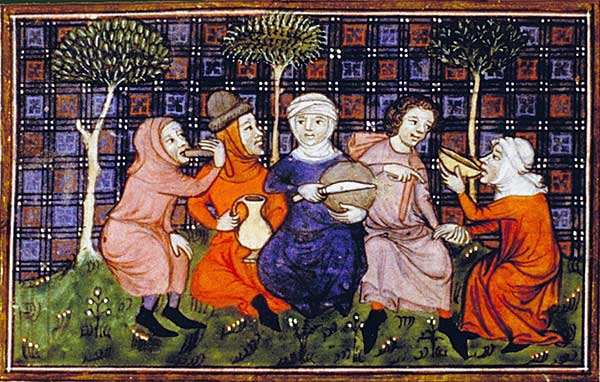
Under the Romans, the beer was prepared with barley. The plain milk was only consumed by the poor or sick, and fresh milk was less consumed because of the lack of technology to prevent it from spoiling.
Those who could not afford wine, drink beer or ale. In England, Poland, and northern Germany, people of all classes and age groups consumed beer. It was believed that the beer has a bad effect on the body but, it does not create false thirst like wine. Here are more fun things you should know about beer.
The beer was the first alcoholic beverage known to the Middle Ages people. Ale along with bread was also considered as an important source of nutrition in history.
Contrary to this, the food of the upper class was very different than the lower class. They ate freshly killed meat and fresh fruits and vegetables. Besides this, their dishes were also flavored with spices like cardamom, ginger, nutmeg, and pepper. Let’s get deeper into the foods eaten by the upper-class people in medieval times.
Middle Age Foods and Diet of Upper Class
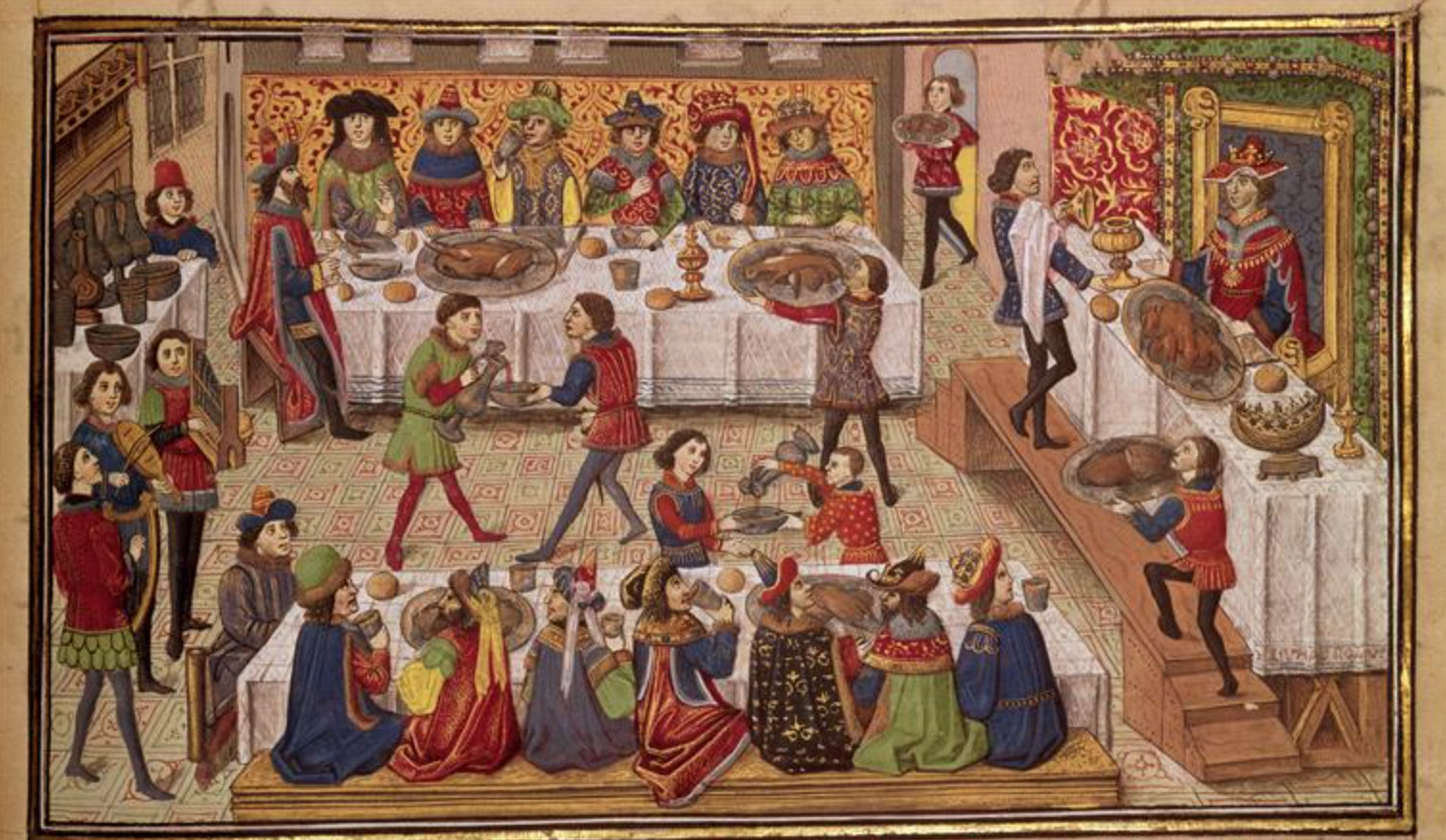
Unlike lower class people that hardly got food to eat, banquet tables at parties were arranged with dishes – providing the opportunity for the upper class to show off their wealth. Jellies, fritters, stews, and custards with natural colorings like saffron for a fiery yellow, sandalwood for red and more were presented in the parties. Almonds were majorly used as a thickener in sauces and stews.
But the most highlighted food at the tables were sugar sculptures also known as subtleties. These sugar sculptures were prepared in several shapes like ships, famous philosophers and castles. Sotiltees were the main food of the medieval feasts. The sugar sculptures were not only to feed guests but also designed to show how important the host was.
Spices used were the sign of luxury and prosperity. The history of the medieval life records that there were bizarre presentations such as swan with its internal organs removed and cooked with several types of meat, brought into the hall in with a beautiful presentation. The diet plan of the upper class included:
- Fish
Although fish was consumed among all classes, it was majorly consumed by the upper class that could afford it.
- Meat
Chicken and goat were the primary meats available and consumed by the upper class.
- Vegetables and Fruits
The wealthy people in medieval times do not prefer eating fruits and vegetables. Instead, they ate raisins, dates, and figs. They ate less vegetable as they find them less nutritional.
Due to lack of essential nutrients obtained from fruits and vegetables, they suffered from heart diseases, tooth decay and more.
- Rice Dishes
By the 15th century, rice was produced across Italy and exported to Europe in vast quantities. Rather than serving plain rice, the dish was prepared to combine fish and chicken with several spices. Sometimes rice was also combined with almonds and rice flour to make a rice pudding.
The Drinks of Upper Class
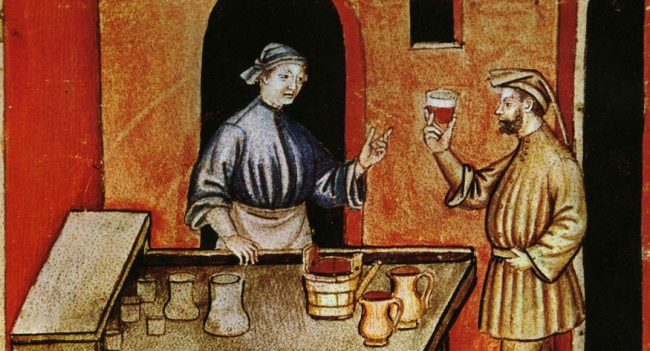
Water was often unclean, so rich people used to drink wine. The top quality wine was reserved for the nobles as it was very expensive and was not affordable by the lower class. Many wines were made with myrtle, rosemary and were mixed with wine, and flavored with honey. The wine was also used as a medical remedy for several diseases. Red wine was considered as the best wine for digestion, but physicians usually recommended mulled or spiced wines for health problems.
Spiced wine was prepared by mixing the red wine with different spices including cloves, pepper, and others. Apart from wine, both lower and upper class drank mead. But to maintain a clear difference in classes, certain rules and laws were defined to outline the kinds of foods each class was allowed to consume.
Mead is an alcoholic beverage prepared from water and honey via fermentation with yeast. Depending on specific recipes, mead is brewed with spices and grain mash.
It had a wide range of flavors, depending on the source of honey additives and yeast added during fermentation. Sometimes mead prepared with nutmeg, cloves, and cinnamon is called a metheglin. Mulled mead was consumed during Christmas where it was prepared with spices and warmed traditionally by having a poker plunged into it.
Digestive Beliefs of Middle Ages People
People of middle ages believed that lighter foods should be eaten first because heavier foods take a long time to digest and block the digestion of the remaining food. Therefore, fruits are eaten first and then nuts, meats and vegetables are consumed.
Concluding Thoughts
As the wealthy people in the middle ages had resources to import spices, their diet was healthier than the lower class. Because of this, the variety of food an individual ate showed heir class. For instance, the use of saffron and honey indicated the person is rich.
Apart from literature and music, the medieval period was also known for its unique paintings. If you love exploring different paintings, take a closer look at the medieval paintings from different periods of middle ages.
Our eating habits have changed over the centuries. While people in medieval times consumed a nutritionally fulfilling diet prepared from organic ingredients, foods in the 21st century are prepared from inorganic ingredients.
Life of the people living in the middle ages was difficult. The food and the drink consumed during the medieval period did not equal the food what we have today.
What do you think- was the difference in the consumption of foods in the society (upper and low class) justified? Drop your comments below.
Popular Posts
Bagged Milk- What is it & Why Canadians Love it?
You won’t always find milk sold in clear plastic bags. But in Canada, the milk is sold in plastic bags. Of course, it has benefits and drawbacks. Let us find it out!
Rishika Gupta
Amazing Ways To Plate Your Dish Like a Pro
Cooking is one of the most loved activities by men and women in the world. People who prepare mouth watering foody delicacies ar...
Bharat Asrani
Gabagool | Capocollo - A Spicy & The Traditional Italian Food
Capocollo is a traditional and spicy Italian and Corsican pork cold cut made from the dry cured muscle running from the neck to ...
Kimberly Campbell






